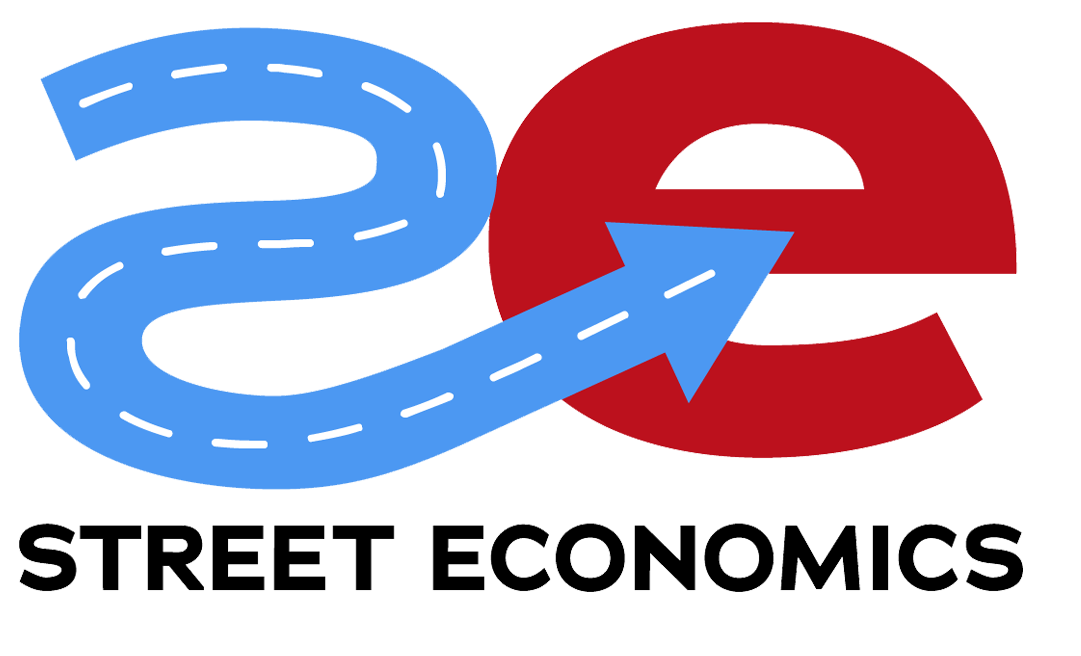BusinessFlare Take
FIRST-TIME HOME BUYERS ARE MIA. LANDLORDS ARE THE WINNERS – The American Dream just got repo’d by landlords with deeper pockets, and your city’s housing strategy is probably still stuck on homeownership incentives that nobody can afford to use. First-time home buyers have shrunk to a historic low of 24% of all purchases, down from 32% last year and miles below the pre-2008 norm of 40%. Meanwhile, one in three home purchases is now made with cash, mostly by existing homeowners leveraging equity or institutional investors treating single-family homes like collectible trading cards. Cities that built their economic development strategies around young families buying starter homes better wake up fast because that market effectively no longer exists. When your workforce can’t afford to live in your community, you’re not building an economy, you’re building a gated community with a commuter problem. Economic developers pushing homeownership programs while ignoring the structural shift to permanent rental markets are like travel agents selling cruise tickets on the Titanic.
Street Economics Insight
FROM SILICON TO SERVER: MAPPING THE DATA CENTER SUPPLY CHAIN – Every city chasing data centers with generic tax incentives needs to understand they’re competing for position in a supply chain that some economic development teams couldn’t map if their development agreements depended on it. The data center boom isn’t just about cheap power and fiber anymore, it’s about proximity to semiconductor manufacturing, specialized cooling systems (read: big crazy A/C), and backup power infrastructure that extends far beyond what shows up in your typical site selection consultant’s checklist. Cities offering cookie-cutter incentive packages while ignoring the ecosystem of thermal management suppliers, lithium battery manufacturers, and specialized construction contractors are basically putting up “We Don’t Understand Our Own Industry” billboards. NVIDIA‘s $500 billion investment in AI supercomputers and Blackwell chips represents a complete reconfiguration of where these facilities locate and what they need to operate. Your economic development team better learn the difference between edge computing and cloud infrastructure before your competition figures out that data centers need entire industrial ecosystems, not just cheap land and property tax abatements.
Drama Meter Reading
VIVA LAS VEGAS? TOURISTS SHUN SIN CITY OVER ‘RIDICULOUS PRICES’ – Las Vegas, the city that literally wrote the playbook on extracting maximum revenue from willing victims, has apparently discovered the price point where even gamblers say “absolutely not.” Tourists seem to be fleeing Sin City because hotels, restaurants, and entertainment venues have pushed prices so far beyond reason that people would rather stay home than voluntarily bankrupt themselves for a weekend of manufactured excitement. This is what happens when destination marketing organizations confuse pricing power with value proposition and forget that entertainment is optional. Vegas built its economy on being the place where middle-class Americans could feel wealthy for a few days without actually being wealthy. Now, are they pricing out the core demographic that made them successful while assuming luxury travelers will replace volume customers at a higher margin? Every tourism-dependent city should study this meltdown carefully because it might be becoming a masterclass in how to kill your golden goose through pure greed. When your entire economic model depends on people voluntarily giving you money, treating them like captives with no alternatives is a strategy that works right up until it doesn’t.
Book Drop
URBANIST BRENT TODERIAN SAYS TALL BUILDINGS ARE NOT THE PROBLEM – Finally, someone in urban planning (Brent Toderian) admits that height restrictions are just elaborate ways to strangle housing supply while pretending to preserve “character,” illustrating an implied premise of “Red Tape Empire” where well-intentioned (by some) regulations become weapons of economic destruction. Toderian’s argument that tall buildings aren’t the enemy exposes how cities create artificial scarcity through zoning codes that would make Soviet central planners proud. The real problem isn’t building height, it’s the regulatory maze that makes any building expensive to construct and impossible to approve within a reasonable timeframe, especially for anything other than unaffordable luxury. Cities limiting building height while simultaneously complaining about housing affordability are like doctors refusing to prescribe medicine while wondering why patients don’t get better. As my fictional Planning Director would recognize, the bureaucratic process has become more important than the actual outcome, creating a system where protecting neighborhood “character” matters more than providing places for people to actually live. This is red tape empire building at its finest, where the process consumes everything.
ECOSINT Signal
WHY DETECTING DANGEROUS AI IS KEY TO KEEPING TRUST ALIVE – Municipal governments rushing to implement AI systems without understanding detection protocols for malicious code are creating cybersecurity vulnerabilities that could cripple local services and compromise citizen data. The World Economic Forum‘s analysis reveals that cities deploying AI for everything from traffic management to permit processing are essentially installing black boxes with administrative privileges while hoping nothing goes wrong. This represents a massive economic intelligence gap because compromised municipal AI systems don’t just affect government operations, they can manipulate economic data, alter development approvals, and undermine the basic trust infrastructure that makes business investment possible. Cities need to understand that AI security isn’t just an IT issue, it’s an economic development issue because businesses won’t locate in communities where digital infrastructure can’t be trusted. Economic developers celebrating their smart city initiatives while ignoring AI security protocols are building attractive nuisances for bad actors who understand that local governments make easy targets.
Red River Flavor
THINK WORK-LIFE BALANCE IS OVERRATED? YOU’RE HIRED! – Companies are finally admitting they want employees willing to sacrifice their health, relationships, and sanity for slightly above-average paychecks, and the job market is responding by sorting people into those desperate enough to accept this deal versus those smart enough to walk away. This growing divide in workplace expectations reveals something deeper about how corporate culture is fracturing the basic social contract around what constitutes reasonable work demands. Cities celebrating job creation numbers without looking at what those jobs actually require from workers are missing a critical piece of their economic development puzzle. When your major employers are advertising positions that explicitly demand work-life imbalance, you’re not building a sustainable workforce, you’re building a community of people too exhausted to participate in local economic activity outside of survival necessities. The long-term economic impact of normalized overwork shows up in everything from reduced local spending to increased healthcare costs to families delaying home purchases because they’re too burned out to plan for the future.
Purple Cow of the Day
CONSTRUCTION BEGINS ON A FLOATING RIVER SWIMMING POOL FOR NEW YORK CITY – New York City is building a floating swimming pool in the East River, proving that sometimes the most innovative economic development projects come from saying “why not” instead of “we’ve never done that before.” The +POOL project represents a completely different approach to urban amenities, taking underutilized water space and creating recreational infrastructure that doubles as water filtration technology. This is the kind of thinking that separates cities that create distinctive experiences from cities that keep building the same generic parks and hoping for different results. The economic development angle here isn’t just tourism, it’s demonstrating the kind of innovative problem-solving that attracts businesses and residents who want to be part of communities that think differently. While most cities are debating whether they can afford another downtown fountain, New York is literally building a swimming pool that cleans the river while people use it. This is what purple cow economic development looks like: taking an impossible idea and making it so interesting that people want to move to the city just to be around this kind of creative thinking.
Sorry, no Music Cities or Space Economy this morning 🙁
Street Economics Daily cuts through noise, jargon, and bureaucracy to deliver sharp, actionable insights for civic and economic development professionals. Blunt, irreverent, and grounded firmly in reality, it’s essential daily reading for city leaders who refuse to settle for outdated strategies.
BusinessFlare | Street Economics | Drama Meter | Red River Spices



No responses yet